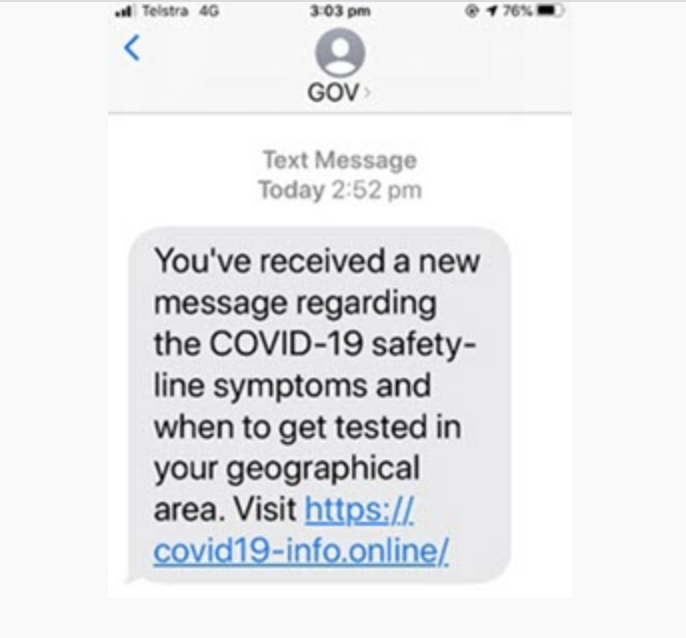A geofence is a feature that defines a virtual boundary around a real-world geographic area. Every time a user enters or exits the boundary of a particular area, actions are triggered via a location-enabled device.
For example, geofencing could be a digital fence around a particular work site. When employees are inside the fence, they can access the company’s tools and data on their mobile devices. When they are outside the fence, certain apps and tools no longer become available. It’s a way for companies to control what their employees can and cannot do with their data depending on where they are.
How does geofencing work?
Geofencing relies on the Global Positioning System (GPS), a network of satellites orbiting the earth that can triangulate an individual’s location to an accurate degree. It also uses radio frequency identifiers (or RFID technology), which is bluetooth technology that contains small computer chips that use radio waves to connect with each other. These technologies can track where a device is. When geofencing technologies detect a device that is outside (or has come inside) a defined area, they trigger other apps on the device to turn off (or turn on).
There is a difference between geolocation and geofencing. Geolocation uses your IP and it can be easily spoofed or fooled and is not geographically accurate. However, geofencing is predicated on GPS coordinates from satellites tracking latitude and longitude.
Applications for companies
Geofencing has a broad range of applications for companies. First and foremost, geofencing helps you control who has access to your data and where they can see and use it. Companies are able to put up a digital fence that makes it impossible for anyone to open certain files on devices that are located outside a specified geographic area.
It also provides the opportunity to educate employees in real time, depending on their location. For example, if an employee enters a hardhat-required area, they could receive a push notification on their device with a link to a safety video explaining why hardhats are required.
Not only does geofencing protect your data and your employees, it can also save your company money. With geofencing, companies can automate time clocking, starting the clock when an employee enters the work zone and stopping it when they leave.
Geofencing can also be used for location-based marketing. It gives companies the ability to advertise specifically to potential customers within a certain geographic radius.
Geofencing as part of security infrastructure
Geofencing and location tracking can be utilised to help identify risk to an organisation. By tracking and understanding the physical patterns of devices coming and going from an organisation, a risk profile can be established.
Wireless devices in sensitive areas can be a threat as malicious actors can use the cameras, microphones, storage and networking features to capture and steal company secrets and intellectual property. Geofencing is a valuable tool that can help enhance visibility of these devices where it’s needed most.
In addition, given that 30 percent of cyberattacks originate in China or Russia, if an assessment of your organisation’s employees, partners, and customers shows that no one is located in those countries, Geofencing can enable an implicit deny to all traffic originating from those countries. This simple implementation blocks all access requests from these areas, bolstering your security.
Password fatigue can put your company data at risk
We hear about new data breaches almost daily, it seems, as one company after another is compromised. The true damage of these breaches lies in how much private or confidential information is exposed.
In the modern era of IT, advancements into the cloud and the rise of Software as a Service (SAAS) offerings have given organisations incredible capabilities in regards to speed, work location flexibility, and collaboration.
This means, however, on any given workday, in addition to personal accounts, an average employee might log in to dozens of disparate applications that are required for them to perform their duties. There is generally a commonality between each of these logins: a username and password.
The struggle to remember all these passwords can turn into what is known as ‘password fatigue’, which ultimately leads to password simplification and reuse. Employees become tired of having to remember a host of passwords, so they start repeating passwords and reducing complexity in an effort to relieve the mental burden of logging in.
Breaches of passwords can be an easy inroad for hackers to get critical information for a variety of uses, including identity theft, which has been on the rise since 2020. Those with high password fatigue were twice as likely to have been hacked or breached than those with low fatigue.
Compromising an account is an attacker’s first step toward stealing your organisation’s sensitive company data. Attackers take advantage of password fatigue to compromise accounts, using credentials from other breaches to access your company data.
Placing a geofence around users adds a layer of defence that can prevent account compromise. For example, when access is attempted from outside a geofence, an email will be sent to the user asking for confirmation of the action. If the user doesn’t respond or confirms they didn’t request access, the request is treated as suspicious. Automated policies are then launched to prevent your data being accessed.
Getting started with geofencing
Using a managed IT service provider such as Neo Technologies, will help minimise costs for a better return on IT investment. Our team of technology experts can advise on the optimal IT infrastructure that your company needs for a successful geofencing strategy.
With over 25 years’ experience working with professional services companies, our clients span diverse industries from law firms to engineering. With our deep wealth of knowledge and key focus on providing outstanding customer service, we pride ourselves on long-term relationships with our clients, guiding them through the changing needs of the modern business world. Contact us on 1300 661 832 to discuss how we can help your business grow today.



